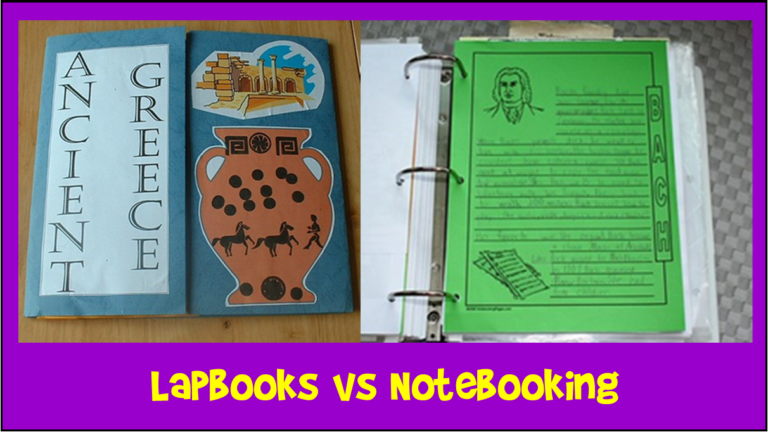When working with a unique learner, teachers and parents often look at what curriculum and techniques help a student take in information, practice skills, and find success in making everything “stick.”
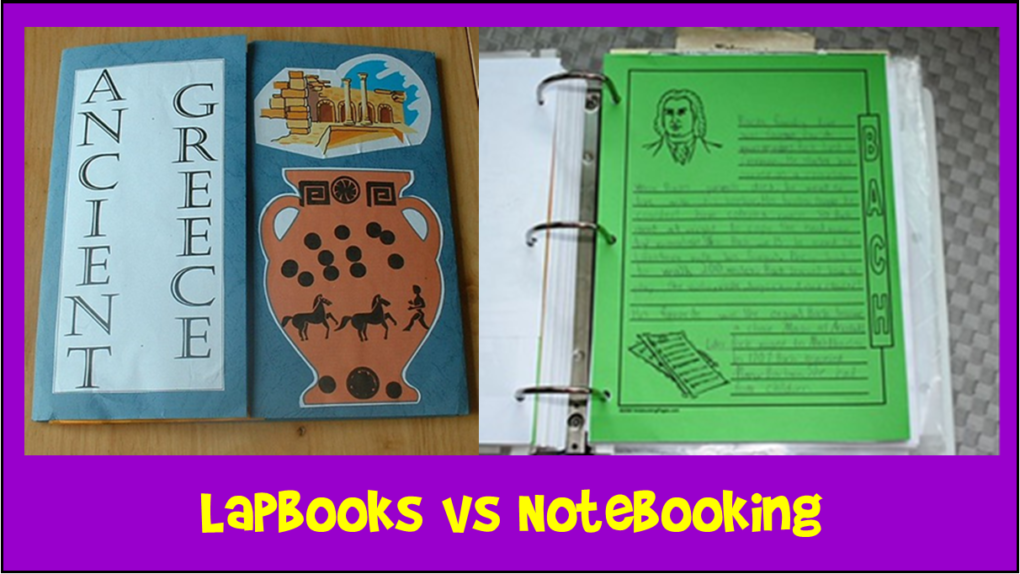
For many years, homeschoolers have talked about learning styles, or preferences, thinking that matching the presentation of information to a child’s learning style would ensure that learning happened. Teaching to a student’s learning style has little value; however, multisensory input is very effective.
Input Modalities
The ways that humans take information in to their brains are the senses. If you’ve heard of VATK, you will know that the way we get information in is through visual (seeing), auditory (listening), tactile (skin sensing), and kinesthetic (moving). We actually have many more ways that information is sent to the brain, but we typically concentrate on VATK for learning.
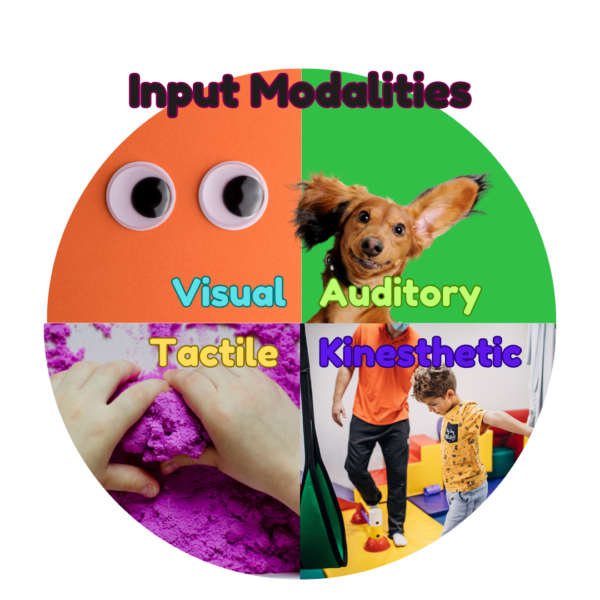
Multisensory teaching is the concept of providing activities where a student will see, hear, touch, and move with as many senses simultaneously as possible. That way, we ensure that information will be stored in multiple areas of the brain. For our kids with special learning needs, multisensory activities has shown to be the most effective way to help kids store learned information
So how do homeschool parents know if their children are learning?
Many homeschoolers do not use a textbook approach, where kids read from a text and answer quizzes and tests. Some of us believe that textbooks are good sources of information but not great for inspiring life-long learners. For many students, completing worksheets and tests do not reveal “real” learning. The answer to evidence of learning is easier than you may think!
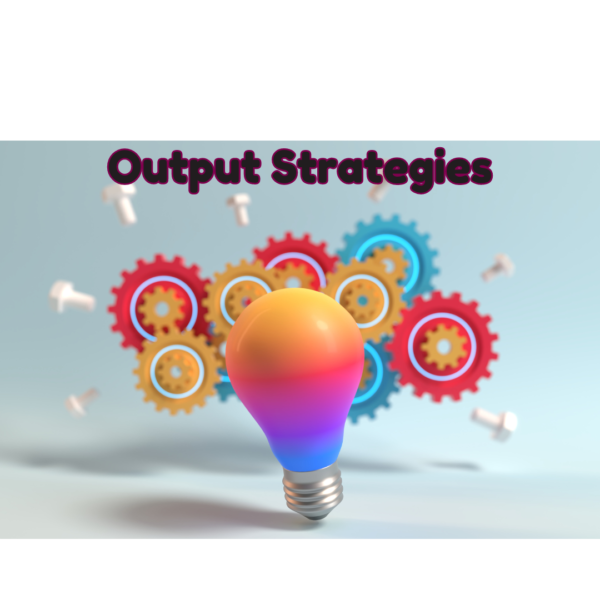
Output Strategies
The flip side of input is output. If we want to know what skills are improving or what conclusions are being drawn from content, we need to have our kids DO something. We can find strategies for output from the multiple intelligences theory by Howard Gardner. There are at least eleven gifts that people use to demonstrate their knowledge. Output can be done through the Charlotte Mason approach of narration, either oral or written. Output can be creating a project, making a poster, doing a puzzle, reading aloud, discussing as a family, drawing a picture, writing a song, playing with toys or manipulatives, bookmaking, writing a paragraph, and even doing community service.
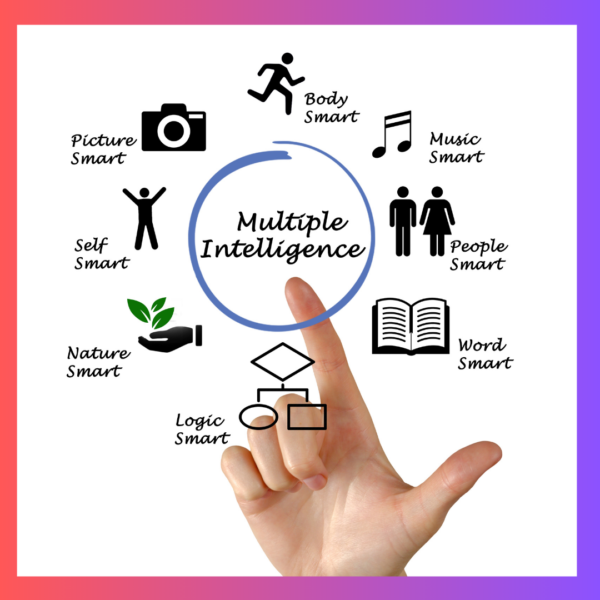
Two fun processes that are popular in homeschooling are lapbooks and notebooks.
I believe the popularity of lapbooks and notebooks has risen because they are easy ways to pull together the information plus a response or output to what is being learned. The wonder of lapbooks and notebooks is that kids can further learn, review, practice, and maintain while thinking they are having fun making a cool project.
When it comes to homeschooling, notebooking and lapbooking are two popular methods for organizing and showcasing learning materials. While both methods involve creating personalized educational resources, there are some differences between notebooking and lapbooks.
Lapbooking builds many skills and instills a love for learning.
Lapbooking is a hands-on approach that involves creating a compact, interactive, and visually appealing tool to summarize and display knowledge. Lapbooks are created by folding or arranging small interactive shapes onto a file folder or several file folders put together. Snippets of information are provided on the shapes.
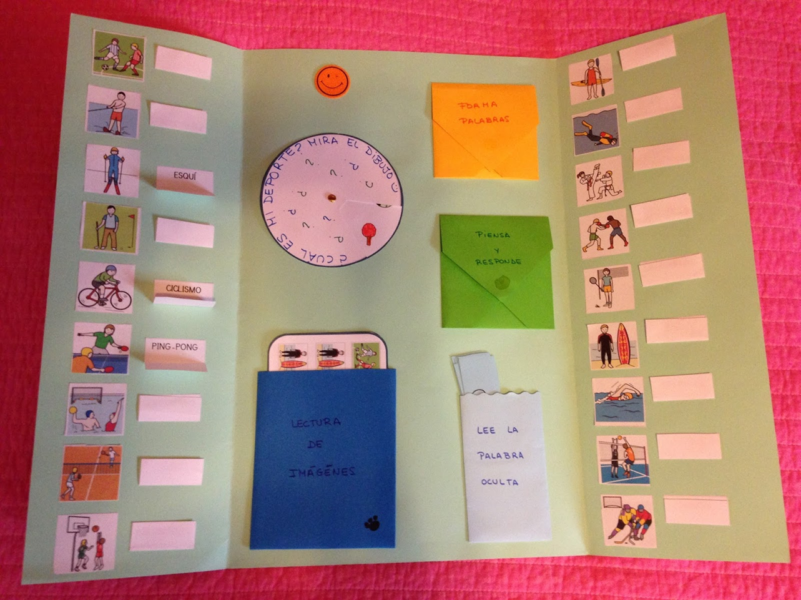
The shapes can flip up, contain a card in a pocket, fold out accordion style, or open like a mini-book. These mini-books contain information, images, diagrams, and other content related to a specific topic or subject. The process of assembling lapbooks promotes organization, creativity, and understanding of the material.
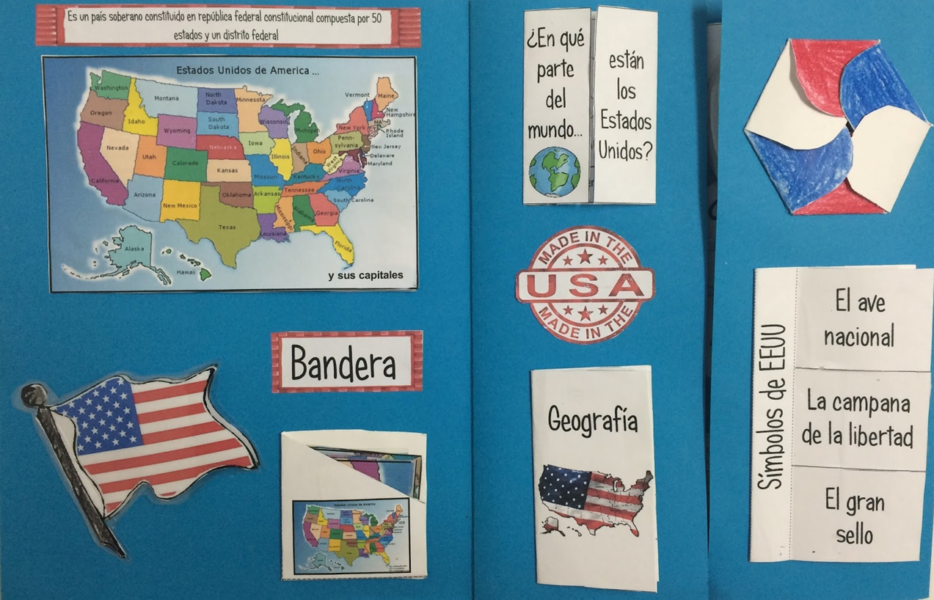
The child learns the information as the lapbook is assembled. The student can decorate the space on the folder between the interactive shapes by painting, drawing, or placing stickers. Once the lapbook is put together, the student can look back at any or all of the lapbooks created to review the material. As the student feels satisfaction at the successful work of assembling the project, the brain is relaxed and contented to practice or study the information. Later, the child will likely talk about what is known, and the parent has evidence of learning by the output!
You can even measure the learning for a grade by creating smart goals for a learning plan and counting the number of accurate concept statements or questions answered.
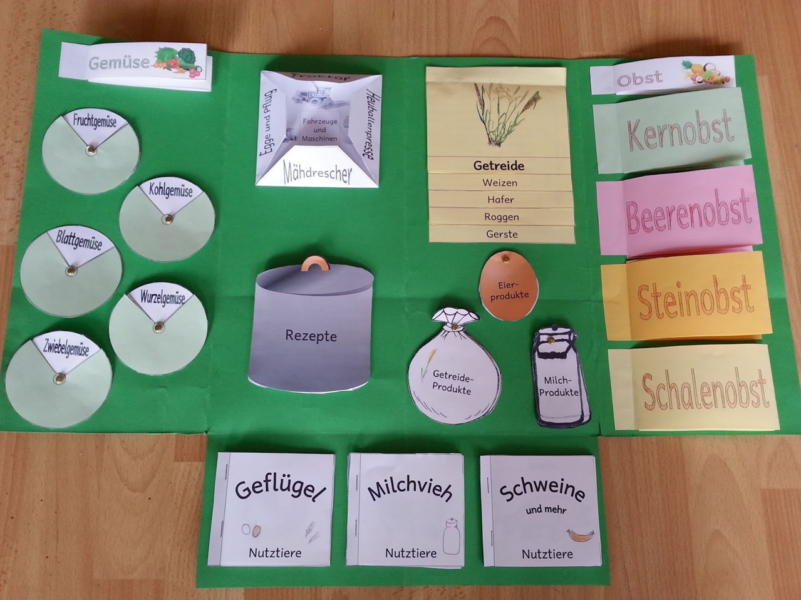
I often recommend lapbooks for neurotypical learners in elementary grades, like second to fifth grade. If your unique learner is older, even in high school, with skills at the elementary level, lapbooking can be a fun way to entice your child to study. The information is usually provided on the interactive shapes, yet the student engages with the content as the shapes are placed on the folder many times.
So what makes lapbooks different from notebooking?
Notebooking
Notebooking is a method where students create individualized notebooks to document their learning journey. It typically involves using a spiral notebook, binder, or blank journal to collect various forms of notes, drawings, diagrams, and written reflections from different subjects. Notebooking encourages students to take an active role in their education by allowing them to write summaries, thoughts, and observations about what they have learned. It helps them develop critical thinking, writing, and research skills.
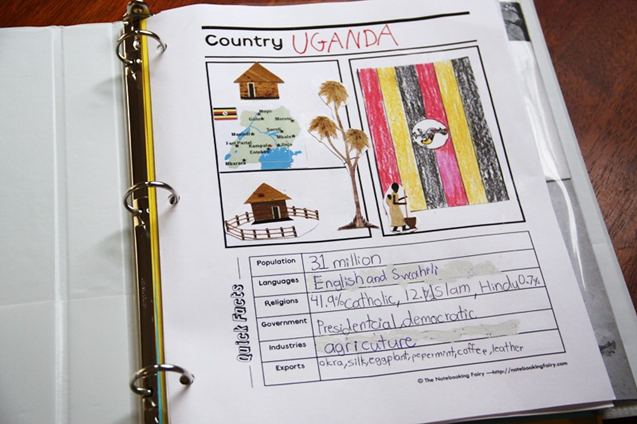
Think of notebooking as an academic scrapbook. We typically did notebooking in our homeschool for big unit studies.

One year, we created a Solar System notebook where we made painted versions of the planets, asteroids, the sun, and the moon. Each of my kids wrote a small note card with facts about the parts they volunteered for.
I have done a Trip Across America several times. When we did it in our own homeschool, we selected states that would connect like a long trip from one coast to the other. We made a notebook that included a postcard from each state, pictures printed from the internet, and an information page filled out from Remedia’s State the Facts teacher resource book. I had two kids with dyslexia, so this resource was great for helping my kids learn to locate answers, take notes, and recall information from reading.
In high school, when we did a year-long unit study on the decades of the 20th century, we created a big binder notebook of each decade. In this notebook, we again gathered pictures from the internet. We created a timeline of main events for each decade. My kids wrote short essays on each decade to explain the major events. Since we use a broader world view of history without a strict focus on American events, our kids were able to discuss our country’s role in world events.
We assembled our notebooks in 3-ring binders with plastic sleeves to protect the notecards, pictures, and objects that were assembled scrapbooking style. We even used beautiful papers and letter stickers to make the pages more professional looking.
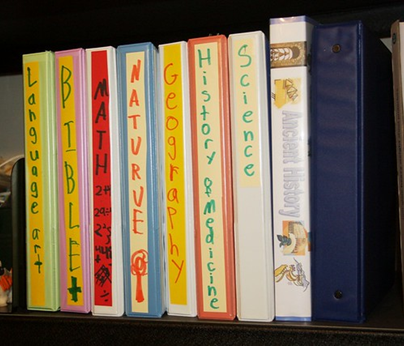
As my kids graduated, they weren’t interested in taking any of the lapbooks and notebooks from our homeschool years with them. I still have them, so occasionally, we look back at our amazing homeschool journey of learning!
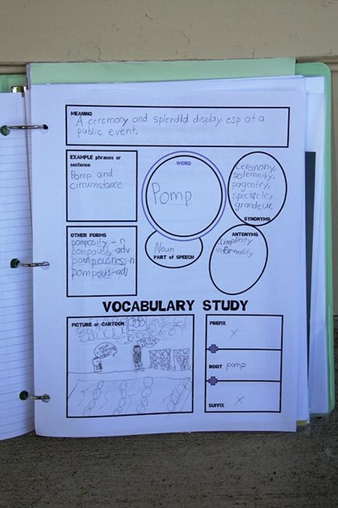
Both lapbooking and notebooking offer flexibility and can be a great way to integrate learning activities with output to demonstrate what has been gleaned during the assembly process. Both lapbooks and notebooks encourage students to synthesize information, review concepts, and showcase their achievements in a personalized and engaging way. The choice of which format to use will depend on your student’s interests, organizational skills, and writing skills. Both lapbooks and notebooks are excellent ways to help homeschool parents evaluate their children’s work!
Links
https://www.halfahundredacrewood.com/what-is-lapbooking-vs-notebooking/
https://notebookingfairy.com/qa-lapbooking-versus-notebooking/
